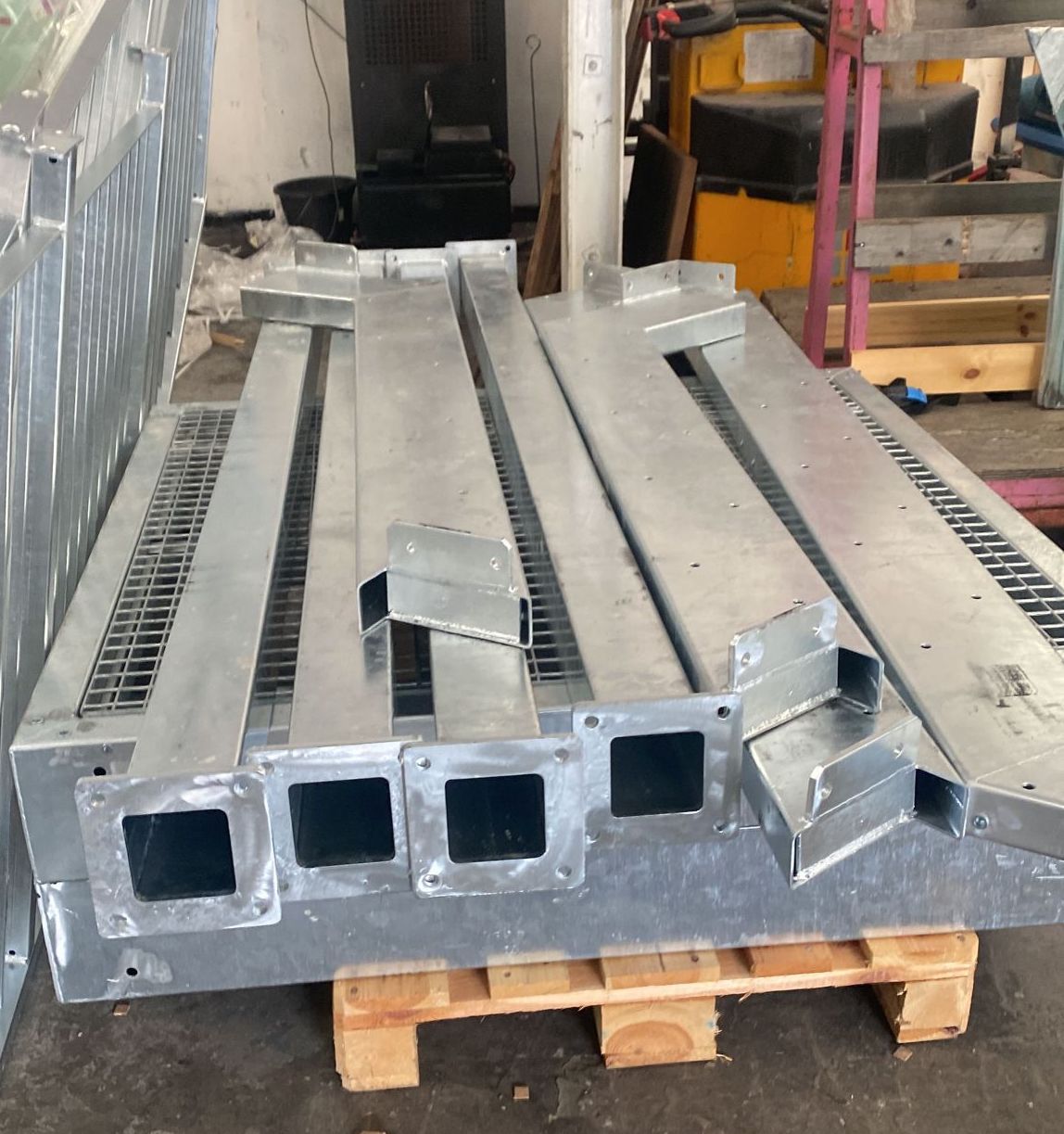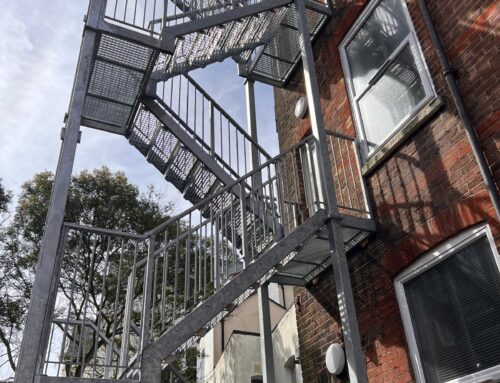Powder Coated Steel and Galvanized Steel?
What is the Difference?
What is the Difference Between Powder Coated Steel and Galvanized Steel?
In the realm of steel treatments and finishes, two terms frequently arise: powder coated steel and galvanized steel. Both treatments enhance the durability and aesthetic appeal of steel, but they serve distinct purposes and have different characteristics. Whether you’re a contractor, architect, or simply a homeowner considering steel finishes for a project, understanding the differences between these two is crucial. Let’s delve into the specifics of powder coated steel and galvanized steel.
Understanding Galvanized Steel
Galvanization refers to the process of coating steel (or iron) with a layer of zinc. This is primarily done to prevent rust and corrosion. Here’s how galvanization works:
- Protection Mechanism: The zinc acts as a barrier between the steel and external elements, preventing direct contact with moisture and oxygen – the two primary agents of rust.
- Cathodic Protection: Even if the zinc layer gets scratched, it continues to offer protection. Zinc is more reactive than steel, so it corrodes first, thereby protecting the underlying steel.
- Application: Hot-dip galvanization is the most common method, where steel parts are submerged in molten zinc.
Understanding Powder Coated Steel
Powder coating is a dry finishing process where a powdered paint is electrostatically applied to a surface, then cured under heat to form a solid, protective layer. Here are its main features:
- Aesthetic Appeal: Powder coating provides a uniform, durable, and attractive finish. It’s available in a wide range of colors and textures.
- Protection: While it offers some protection against corrosion, its primary function is to provide an aesthetic finish and protect against chipping, scratching, and other physical damages.
- Eco-Friendly: Since it’s a dry process, powder coating doesn’t require solvents, making it more environmentally friendly than liquid paints.

Key Differences Between Powder Coated and Galvanized Steel
- Purpose:
- Galvanized Steel: The primary purpose is to protect steel from rust and corrosion.
- Powder Coated Steel: While it provides some corrosion resistance, its main purpose is to offer an aesthetically pleasing finish that’s resistant to chipping and scratching.
- Durability:
- Galvanized Steel: Offers excellent protection against rust for many decades, especially when not exposed to highly corrosive environments.
- Powder Coated Steel: While durable, its lifespan depends on the environment and physical impacts it might encounter. Over time, it may require re-coating.
- Appearance:
- Galvanized Steel: Generally has a shiny, spangled appearance.
- Powder Coated Steel: Comes in a variety of colors and finishes, from matte to glossy.
- Environmental Impact:
- Galvanized Steel: Uses zinc, which can be mined and processed with some environmental impact.
- Powder Coated Steel: An environmentally friendly process since it lacks solvents and produces fewer volatile organic compounds (VOCs).
- Application:
- Galvanized Steel: Suitable for outdoor environments, structural applications, and places where corrosion resistance is crucial.
- Powder Coated Steel: Ideal for both indoor and outdoor applications where appearance and resistance to physical damages are essential.
Can They Be Combined?
Absolutely! Many structures benefit from both treatments. Galvanizing provides the corrosion resistance, while powder coating offers the desired aesthetic and an additional layer of protection. This combination ensures maximum lifespan and is especially beneficial for outdoor structures exposed to varying weather conditions.
Conclusion
Both galvanized steel and powder coated steel offer distinct advantages, and the best choice often depends on the specific application and desired characteristics. While galvanized steel is revered for its outstanding corrosion resistance, powder coated steel brings color, texture, and added physical protection to the table.
When deciding between the two, consider the environment where the steel will be used, the desired appearance, and longevity requirements. In many cases, combining both treatments provides the best of both worlds, ensuring that steel structures remain durable and attractive for many years.




